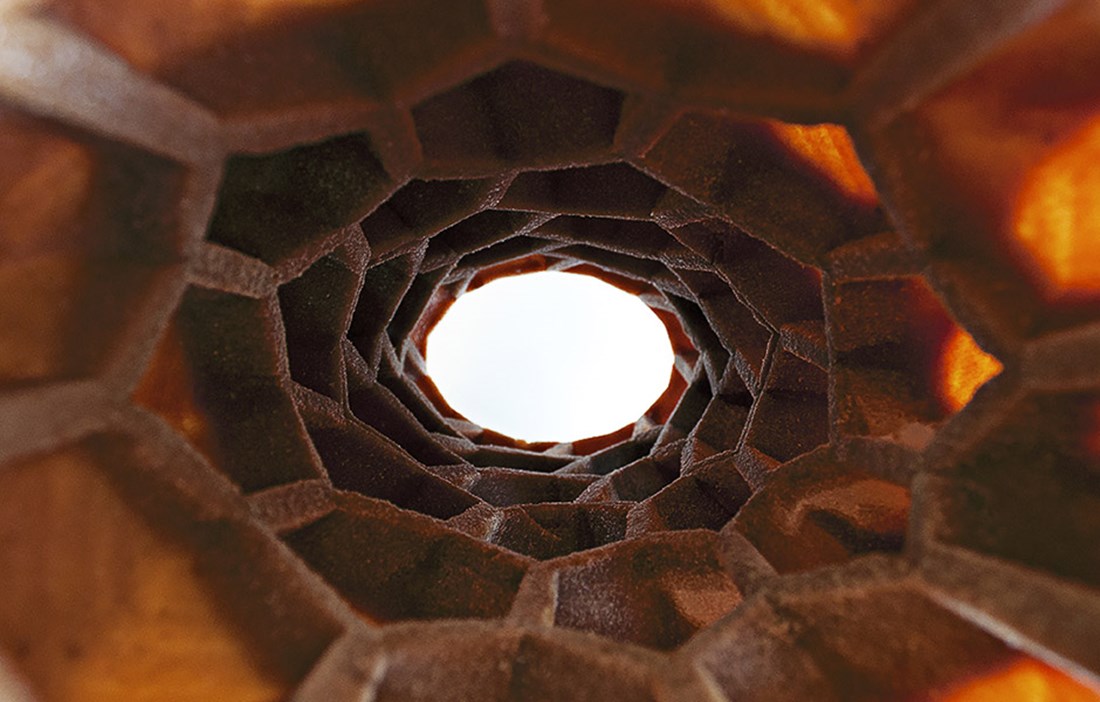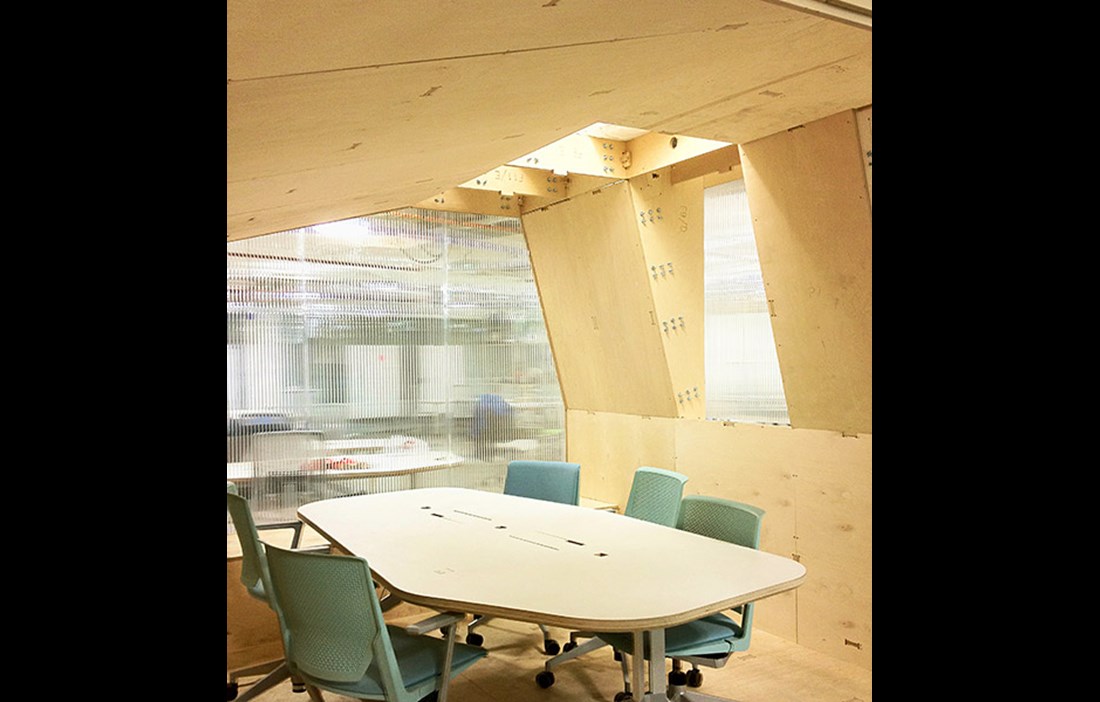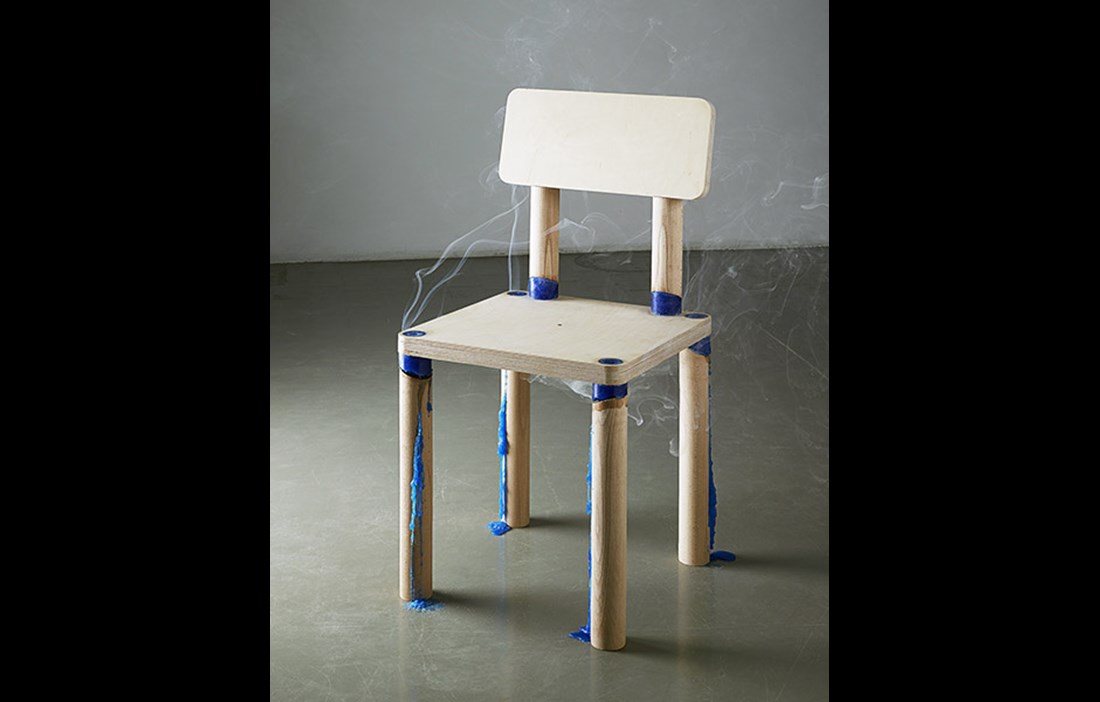WHAT IS TECHNOLOGY? Architect Virginia San Fratello asks the question and then answers it herself, after a short dramatic pause:
“Technology is the application of knowledge.”
Virginia San Fratello is a partner at Rael San Fratello, which specialises in architecture and structural components produced using 3-D printers. This machine, the 3-D printer, has come to symbolise what has been described as a new industrial revolution. In the future vision, mass production in factories will largely be replaced by a process where the things we consume are instead downloaded as a digital file and made at home. It is already possible for everything from toys to spare parts or furniture to be produced using equipment that costs no more than the price of an inkjet printer in the 1990s. It is only a question of time before we see the first printed building.
At a recent lecture in Brisbane, Australia, Virginia San Fratello presented the research she has been conducting with colleague Ronald Rael at the School of Architecture in Berkeley, California. It all started with the fact that the printer they had access to was loaded with a specialist plastic. In a spirit of experimentation, they decided to add their own choice of material.
“We decided to hack our 3-D printer.”
First they experimented with clay and then porcelain. Now they are working on fine-tuning the various recipes that they use to make 3-D printouts in sand, salt, paper and, not least, wood. Maple, pine and pecan wood are currently in the repertoire. The recipes are secret but the raw material is wood shavings from the sawmill industry. Choice of material is, to a large extent, driven by environmental considerations, and in addition to the usual benefits of wood, the shavings are also a waste product. With a laugh, the architect explains how there is such a surplus that the suppliers are unwilling to despatch less than a full goods train at a time.
TO MAKE A PRINTABLE product, the wood shavings are blended with an organic binder and practically all the ingredients are in fact edible. The cost has been brought down by over 90 percent compared with the materials available on the market and the plan is to combine the method with a simple user interface that allows anyone to create their own furniture designs, or even buildings. The objects are then despatched, or printed on site for those with access to their own printer.
“We don’t think of this as the future. We know we can do it now,” says Ronald Rael.
3-D technology is often mentioned alongside ideas of Open Source design – design as part of a culture of freely sharing information in open systems. The concept is taken from programming using Open Source code, where copyright for individual work by individual creators is replaced by collaboration and continual, voluntary development. An equivalent approach to the design of physical products would see strict industrial design rights being replaced with more or less free access to designs and instructions, where everyone who wanted to could access or amend the documents as they liked.
The idea is actually not as new as it might sound. As soon as the printing press emerged in the 15th century, pattern books started being circulated, some of them containing drawings for ornamentation and types of building. In the 19th century, architects produced collections of designs for items such as barns that could be adapted according to location and availability of resources. The own-your-own-home movement of the early Swedish Welfare State applied a similar logic to self-builds. All these can be seen as forerunners, but with one key difference: instead of standards dictated from on high, today’s movement represents a radical decentralisation.
“In the IT world, the free exchange of ideas has led to exponential advances in recent decades. The architects should do the same,” says Michael Green on the phone from his studio in Vancouver.
He has recently achieved renown as leader of a group that developed systems for building really tall timber structures, around the 30-storey mark, in a drive to create ecologically sustainable, high-density cities. The full research report has been made freely available as a PDF online. Even the actual construction system, from principles to details, can be used and developed by others under a Creative Commons licence.
“We intentionally refrained from making it look like architecture. What we designed is a system,” he states.
THE TRANSLATION FROM digital programming languages and an online copying culture to design and architecture poses entirely new questions. How free and open can it be? How big?
The WikiHouse was a direct response to the question of how an Open Source project could work on the scale of a building. It was set up by the British firm of architects 00:/. One of the people behind the project, Joni Steiner, quotes the economist John Maynard Keynes as a means of summarising the concept:
“It is easier to ship recipes than cakes and biscuits.”
The idea is that, through a simple plug-in for the design program SketchUp, the user can draw up the specifications for their house and their furniture, and with the click of a button download a file that can be read by a CNC milling machine. Those who don’t have their own machine are furnished with a list of local companies who can do the job. The panels that are cut out of standard plywood can then be used to assemble floors, ceilings and walls, without any nails or glue. Even the ladders and the hammer needed to tap the product together are included in the file.
“18 millimetre spruce plywood is the base material. It’s available everywhere and a sheet is light enough to carry, while also being thick enough to bear the necessary loads.”
IT IS IMPORTANT to stick to simple and universal principles, according to the 00:/ team, as that creates a low threshold for participation. Since the project first launched, it has been through various tweaks online. A team in New Zealand has optimised the design, a school of architecture has incorporated the system into its syllabus and other parties have added a parametric model that allows the end-user to adapt the design. The next stage is a full-scale WikiHouse in Rio de Janeiro that will serve as a local production site.
“The factory is everywhere and the design team is everyone,” sums up Joni Steiner.
Text Björn Ehrlemark























